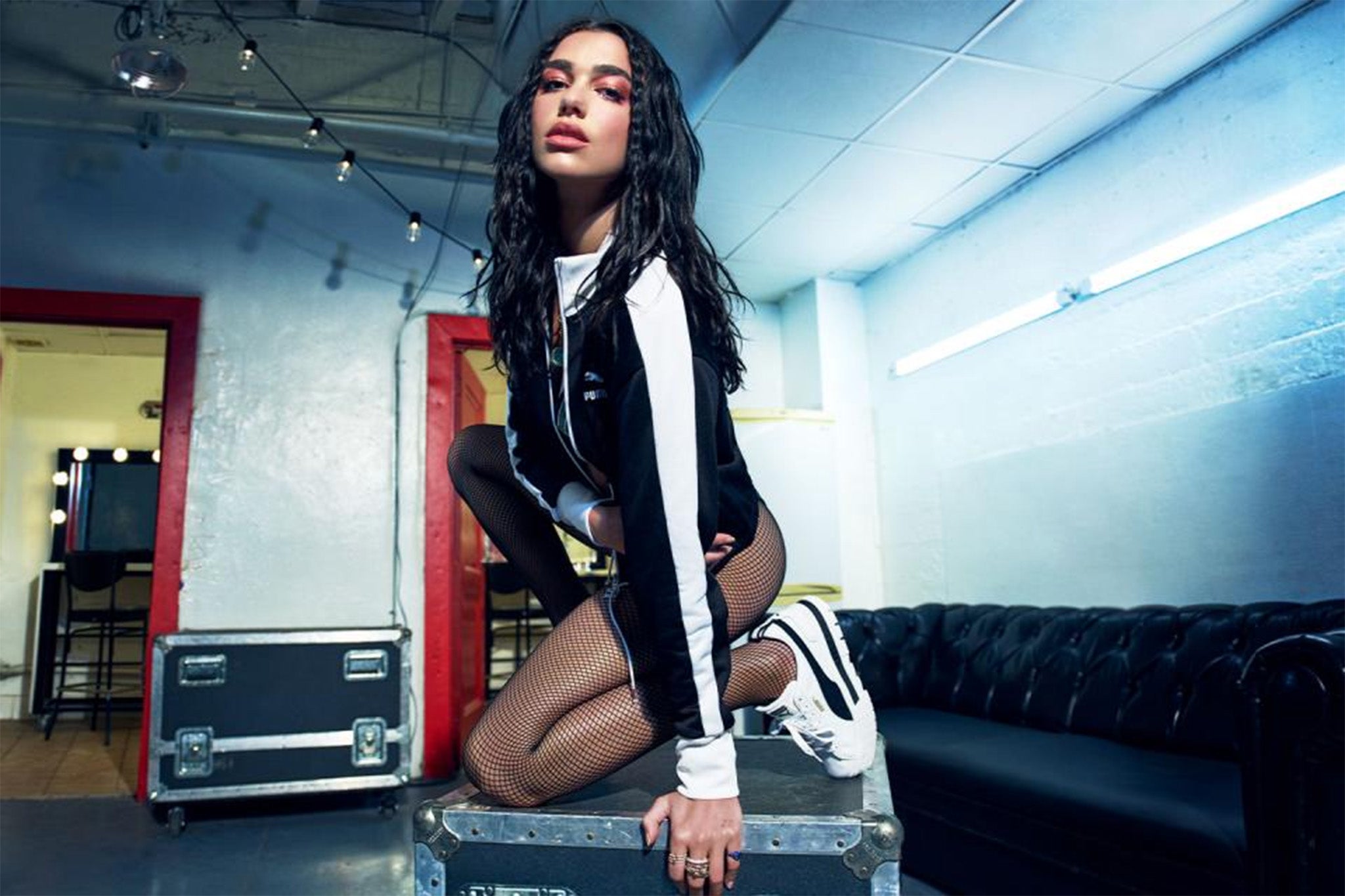Times are tough in trainer town, with the post-pandemic “athleisure” and fitness boom feasted on by the sector’s kingpins turning into a bust. Now Puma has torn its achilles tendon.
The German giant limped into the changing room with an ugly profit warning, predicting a double-digit fall in annual sales, having previously forecast modest growth. It will also now end the year deep in the red.
The company has started the process of cleaning house, ousting its CEO, Arne Freundt, in April. However, one does have to wonder whether it’s going to fare any better under Arthur Hoeld, previously the head of global sales at Adidas.
Although in his previous role he weathered the storm better than most, thanks the popularity of retro trainers, such as Sambas, Handball Spezials, Gazelles, etc, he wasn’t directly responsible for budgets and spending. In his new role he is – and in response to Puma’s second quarter dud, Hoeld has said he will cut investment to €250m (£218m) in 2025, down €50m on previous plans.
Defensive cutbacks are the sort of thing shareholders approve of. Cash is king, and Puma is doing its best to conserve theirs. But for the longer term health of a brand in trouble, it’s a questionable move.
A corporate word salad was produced to outline other “ongoing mitigating measures,” with plans to work more closely with retailers, sort out Puma’s supply chain and fix its pricing strategy. Dare I suggest that it needs a better physio?
But perhaps its Speedcat line can work the oracle. The racing shoe, which became a casual hit, has been dug out of the archive.
It all looks very different from the post-pandemic athleisure and trainer boom. Working from home drove a booming market for comfy clobber, which people could wear around the house while tapping on their keyboards, and take out for a run around the park at the end of the day. As the popularity of outdoor fitness boomed, investors saw the numbers and dived in headfirst hoping for a party. It ended faster than any of them expected.
Puma has now lost four-fifths of its value from its post-pandemic high; Nike has surrendered half; and Under Armour two-thirds. Canadian athleisure kingpin Lululemon bucked the trend for a while, but even its shares have lately been on the slide, while the mighty Adidas has had to trim its growth forecasts – its lofty shares are a third off their post-pandemic peak.
Finding the hit design that resonates with consumers and then getting it on the right sports star has never been more important. But it’s easier said than done. Fashion is fickle. So are consumers.
One thing none of them can fix is Donald Trump. Their trainers and sports gear are made in places that are among the hardest hit by his tariffs; China, Vietnam, Indonesia, Thailand, Bangladesh, and so on. As was the case with many importers, the athleisure giants rushed to get in ahead of their imposition, stashing their kit in US warehouses. Trouble is, this has left them with excess inventory, forcing them into discounting to offload stock and surrendering margin in the process.

These aren’t products you can stores in boxes on pallets and drip feed out into the market as required; the winds of fashion move too quickly. If you end up with clothes and trainers the kids don’t want to buy, you’re in trouble.
The tariffs and the resulting economic turmoil have also knocked consumer confidence – and people’s willingness to spend on fancy new trainers and other gear with aggressive price points.
However, these woes are not market wide. The athleisure kingpins are having to grapple with increased competition, too. That post-pandemic boom, and the consumer’s hunt for something shiny and new and exciting, provided an opening for upstart brands such as Hoka and On. They’re still on the track.
The latter has quintupled revenues over the last five years, while Hoka’s Californian parent Deckers Brands has doubled its sales. No business can escape can escape the impact of Trump’s trade vandalism. But while acknowledging the challenges his policies pose, On, nonetheless, increased its full-year net sales outlook in May, predicting growth of 28 per cent.
It is much easier to grow when you’re smaller. But these businesses look fit, while their competitors’ knees are covered in strapping. The established brands need to run a little faster. Cutting investment, as Puma has, won’t help with that.




